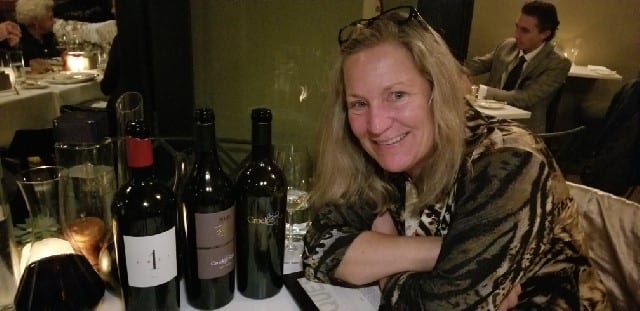Childhood Dreams Become Reality for Megan McGrath Gates of Lucas & Lewellen
I love meeting winemakers and hearing their stories of how they fell onto the path of becoming a winemaker. Every person has a different journey as to what drew them into the wine industry. When I sat down with Megan McGrath Gates, winemaker at Lucas & Lewellen in the Santa Ynez Valley, she shared her story with me, which started with a childhood dream. But, even with a dream, she never imagined she would end up making wine. And yet she has. Megan's childhood dreams have become her reality as I wrote about recently in the Napa Valley Register and am sharing here.
When Megan McGrath Gates was a little girl, she would listen to the stories of her grandparents. A ninth-generation Californian, Gates was raised in Riverside. But, her ancestors were ranchers and she is a direct descendant of the historic Olivas family in Ventura, California.
Despite her ancestors, Gates was a typical suburban kid. Her dad is a lawyer and her mom is a teacher. She is one of six children and has a twin sister. With all of the romantic stories about her family, she dreamed about being a rancher and living a bucolic life.
18 April, 2019





